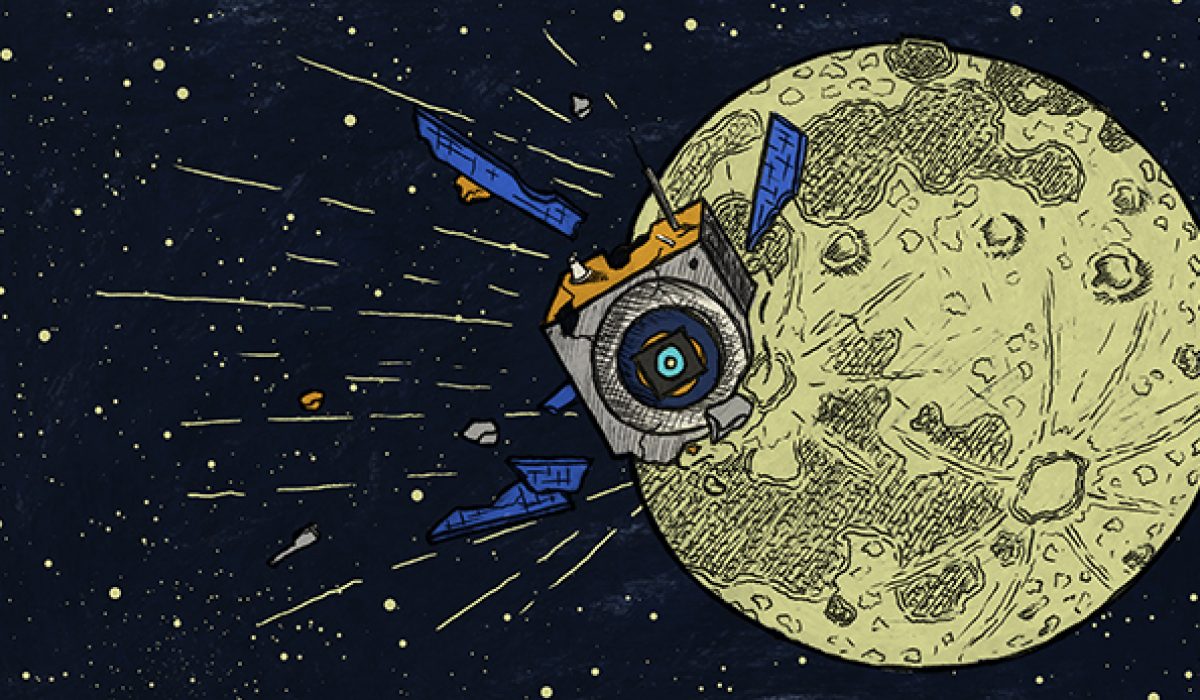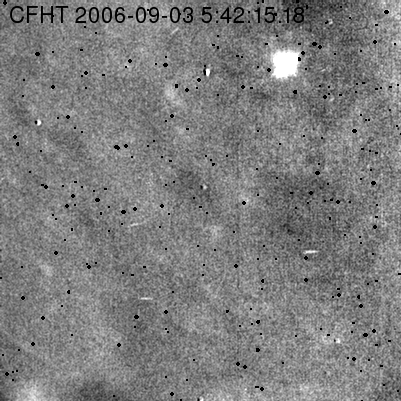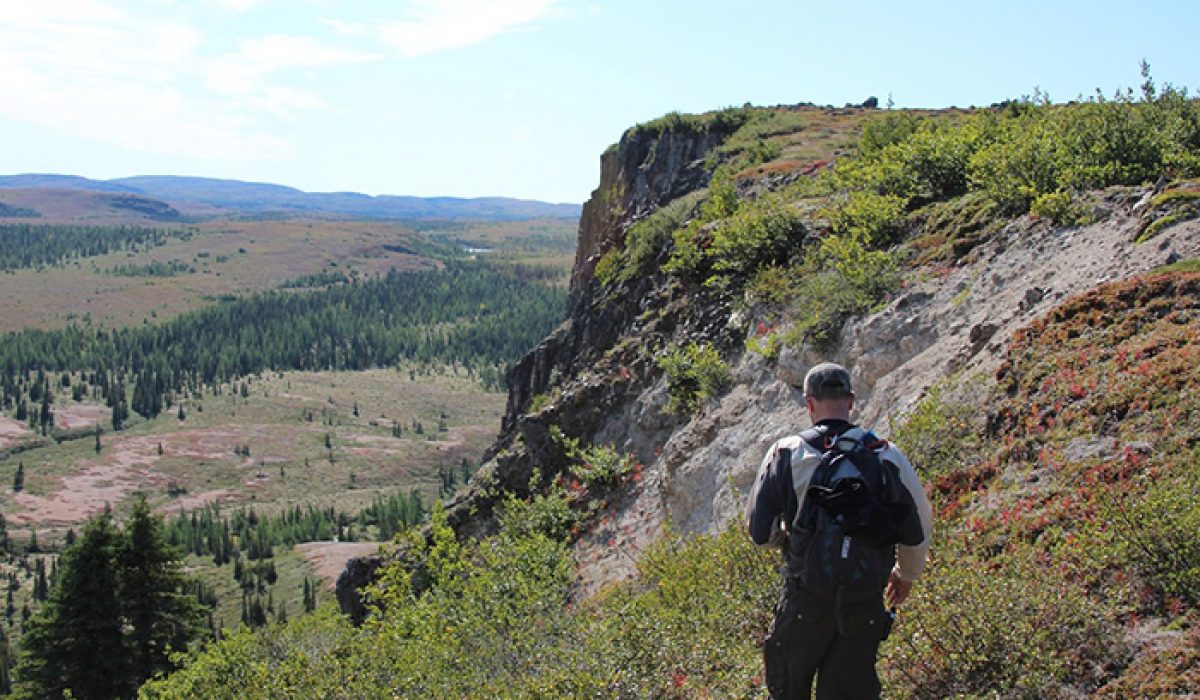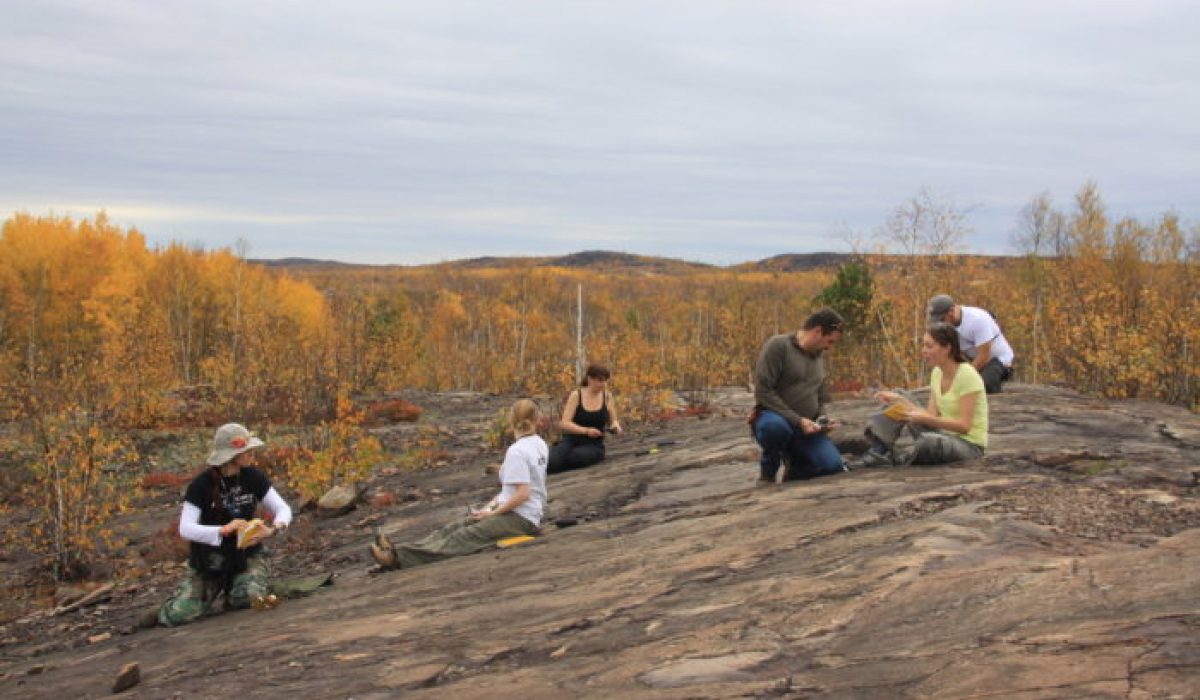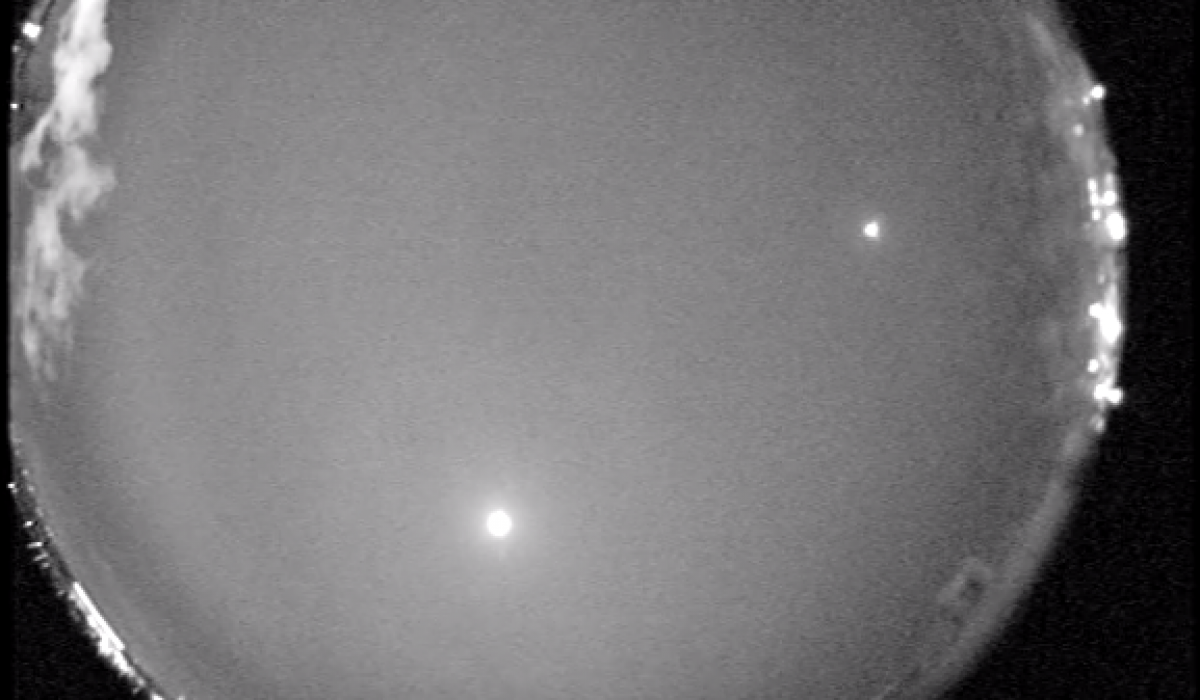
A network of cameras directed by Western University observed a bright fireball across southern Ontario at 7:23 p.m. on Wednesday, January 24. Analysis of the video data by Western scientists suggests that fragments of the meteor are likely to have made it to the ground between the communities of Saint Joseph and Crediton, Ontario.
Western’s Physics and Astronomy Department runs a camera network that constantly monitors the sky for meteors. Peter Brown, a leading expert in the study of meteors, confirmed that the January 24th event was a meteor as 12 of the all-sky cameras from Western’s Southern Ontario Meteor Network (SOMN) recorded a bright fireball over western Ontario.
“This fireball was particularly significant because it ended very low in the atmosphere just to the north of Grand Bend, a good indicator that material survived. In fact, it was still producing light at 24 kilometres altitude,” says Brown. “In fact, the only deeper penetrating fireball we have ever detected was the Grimsby meteorite-producing fireball of September 25, 2009.”
According to Brown, other factors, which strongly favour survival of meteorites, are the very low entry speed (only 13 km/s) and the steep entry angle (about 27 degrees from the vertical). These factors strongly suggest small meteorites made it to the ground.
“This event is very important because we have good quality video data of its passage through the atmosphere and hence know where the rock comes from in our solar system,” says Brown. “Meteorites are also of great interest to scientists like me as studying them helps us to better understand the formation and evolution of the Solar System,” says Brown.
Preliminary results indicate that the fireball first became visible at an altitude of 75 kilometres and travelled almost due north. The initial mass is believed to be several kilograms, leaving approximately tens to hundreds of grams of material on the ground.
Brown and the rest of the Western Meteor Physics Group are very interested in speaking with anyone in the area of the potential fall, who may have heard or seen anything unusual, or who may have found possible meteorites.
Meteorites can be recognized by their dark, often scalloped, exterior. Usually they are denser than a ‘normal’ rock and will often be attracted to a magnet due to their metal content. Meteorites are not dangerous, but if recovered, it is best to place them in a clean plastic bag or wrap them in aluminum foil. They should also be handled as little as possible to help preserve their scientific value. In Canada, meteorites belong to the owner of the land upon which they are found. If individuals plan to search, they should always obtain permission of the land-owner before venturing onto private land.
If you have any questions, observations, or have found a suspicious rock from this event, please contact Michael Mazur from the Western Meteor Physics Group at mmazur5@uwo.ca or 250-551-6426.
For video footage, still images and site maps, please visit
http://meteor.uwo.ca/research/fireball/events/grandbend
MEDIA CONTACT: Jeff Renaud, Senior Media Relations Officer, 519-661-2111, ext. 85165, 519-520-7281, jrenaud9@uwo.ca
ABOUT WESTERN
Western University delivers an academic experience second to none. Since 1878, The Western Experience has combined academic excellence with life-long opportunities for intellectual, social and cultural growth in order to better serve our communities. Our research excellence expands knowledge and drives discovery with real-world application. Western attracts individuals with a broad worldview, seeking to study, influence and lead in the international community.
